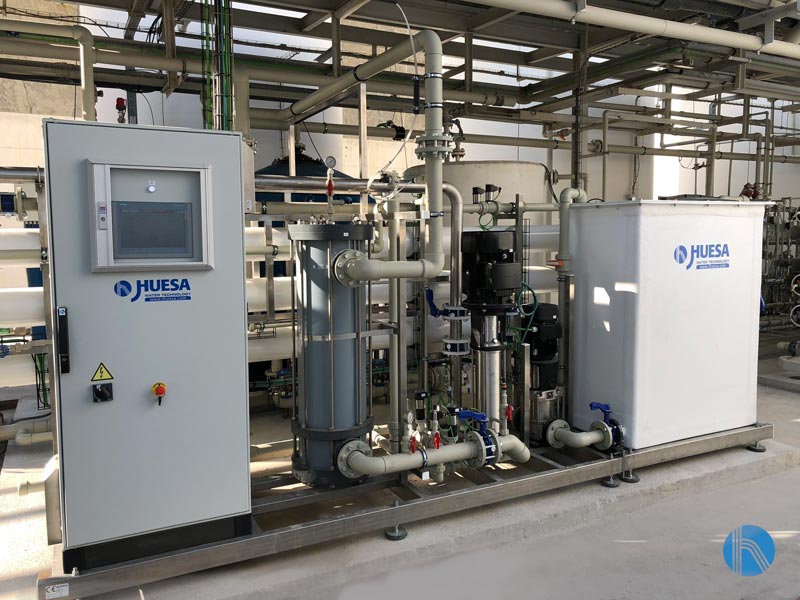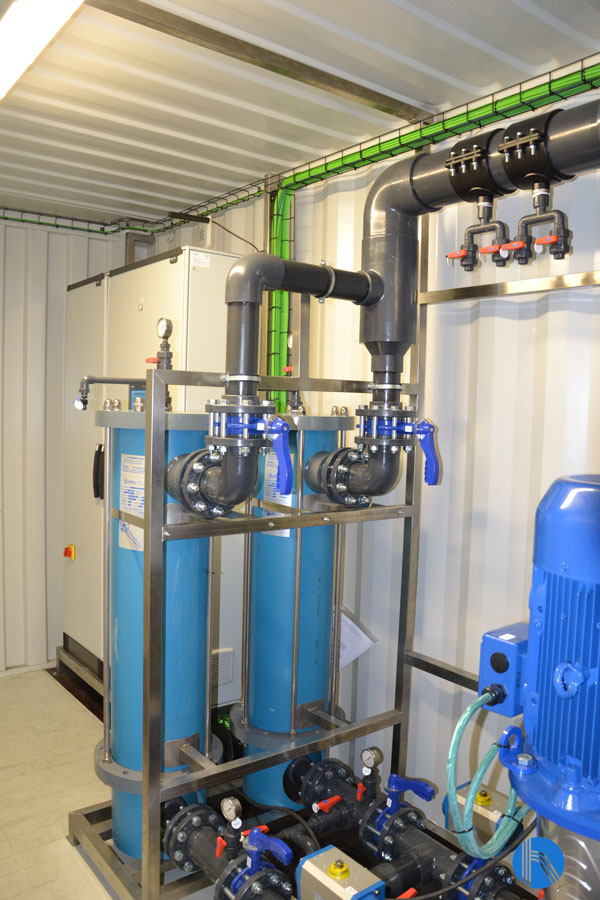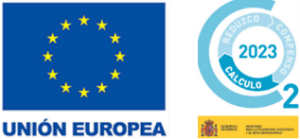Filtration within a porosity zone between 0.1 µm – 10 µm, which allows the removal of suspended solids, fine particles, colloids, algae, and microorganisms, among other elements. The force that facilitates the passage of substances through the membrane comes from a pressure gradient.
In this case, the filter medium is a membrane whose characteristics vary in function according to its configuration. Most commonly, the membranes are configured as fibers (referred to as hollow fiber membranes).
The materials used in the manufacture of membranes are very diverse, with polyamides, cellulose acetate, PVDF, and polysulfones being the most common.









